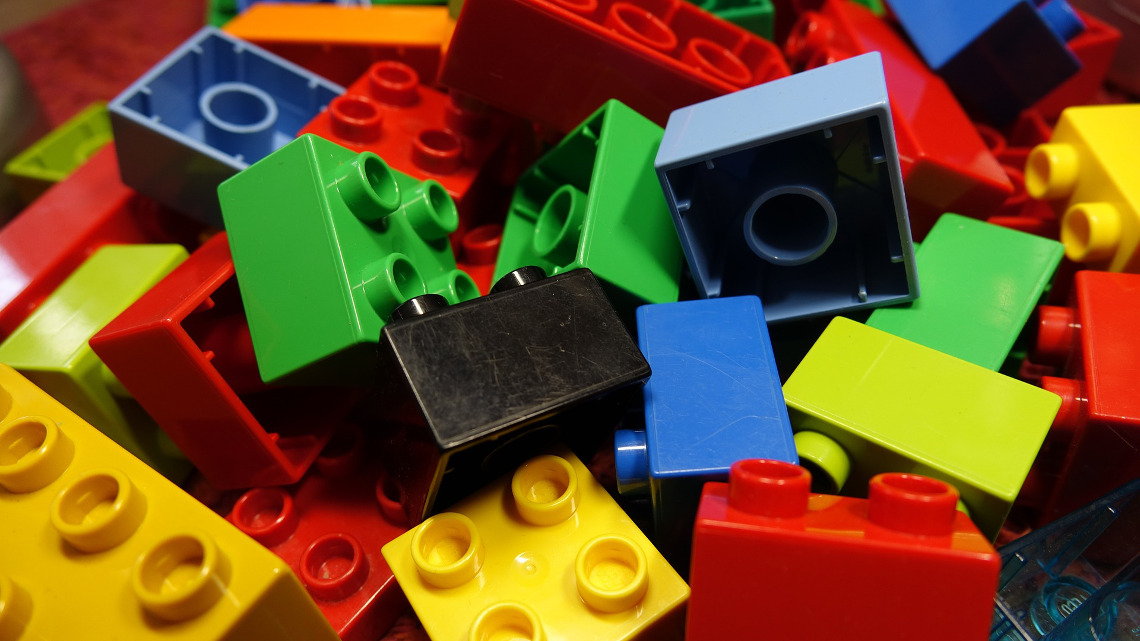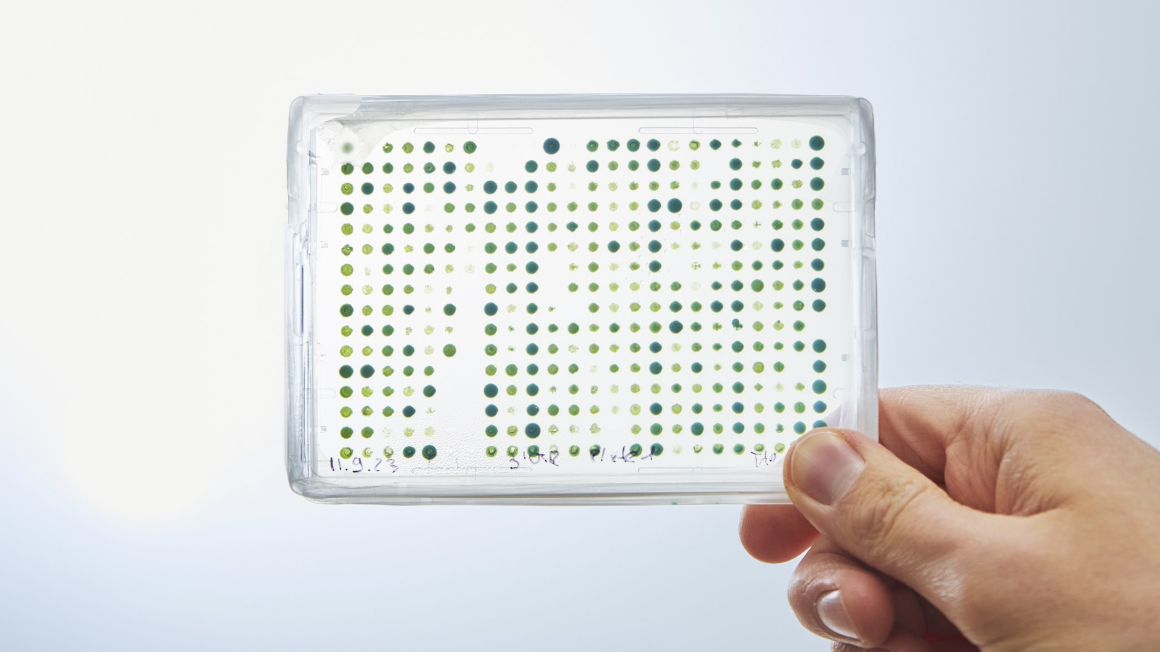Mineral plastics now also biodegradable
Konstanz researchers have shown that the mineral plastic they developed with self-healing properties can now also be degraded by microorganisms through the use of a biopolymer.

It has been seven years since chemists at the University of Konstanz presented a completely new class of plastics that resemble biomaterials in structure. The so-called mineral plastic was a hydrogel consisting of nanoparticles of calcium carbonate (lime) crosslinked with polyacrylic acid in water. Hardly any energy is consumed in its production, as room temperature is sufficient. It also has self-healing properties and is easily recyclable. But the mineral plastic had a crucial flaw: due to its chemical components, it was not biodegradable.
"Until now, we have used polyacrylic acid for the production of our mineral plastic. This has the same basic chemical structure as polyethylene, which is known to cause major problems in the environment because it is hardly biodegradable," explains Helmut Cölfen. After years of research, the team led by the chemist from Constance has now presented a self-healing plastic as a biodegradable variant.
Petroleum-based basic building block replaced by biopolymer
As the team reports in the journal Small Methods, the petroleum-based component was replaced with polyglutamic acid. This is a natural biopolymer that occurs in large quantities in nature. "Our new mineral plastic has the same positive properties as the old one, but with the distinct advantage that its basic building block - polyglutamic acid - can be produced with the help of microorganisms and is completely biodegradable," the chemist explains.
Proven biodegradability
Biologists at the University of Konstanz have already been able to prove that the bio-mineral plastic is actually biodegradable. Experiments showed that the self-healing bioplastic was completely degraded after only 32 days by microorganisms that occur in forest soils, for example.
bb


